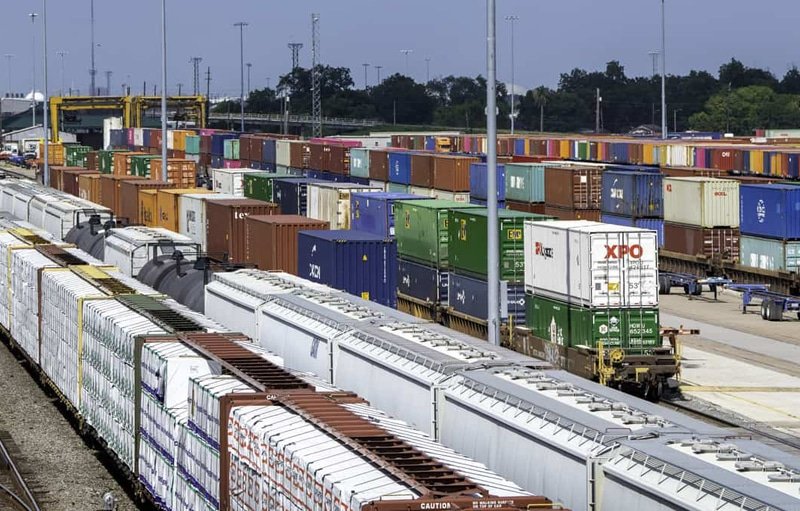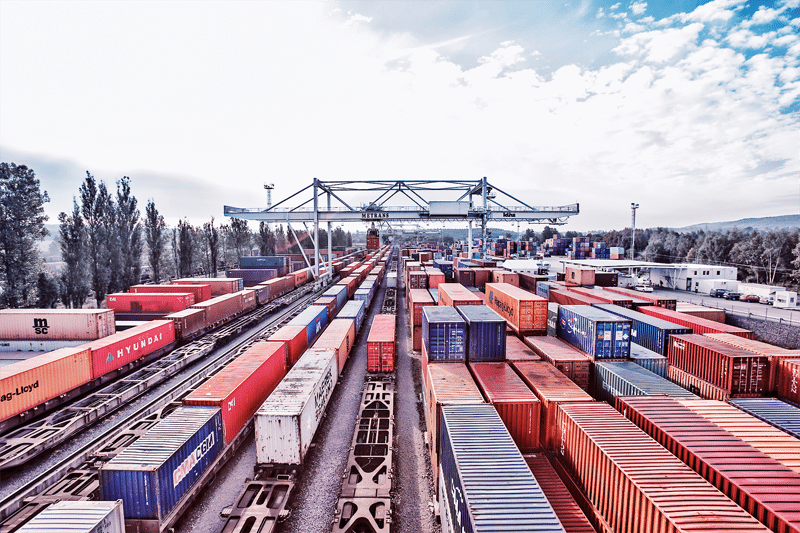
Introduction: The ASEAN Express Emerges as a Logistics Game-Changer
In mid-2024, the ASEAN Express cargo train service was launched, linking Malaysia, Thailand, Laos, and China. The inaugural journey left Selangor’s inland depot on June 27 and reached Chongqing around July 11—achieving in under 14 days what typically took up to three weeks by sea. Logistics experts are calling this development historic, with expectations that it will open new markets and significantly reduce transport costs.
Speed & Cost Savings: A New Rail Option Disrupts the Market
The ASEAN Express offers transformative advantages:
- Faster transit: Under 14 days via rail versus 21 days by 海上輸送.
- Lower logistics costs: Estimated cost savings of up to 30%, providing a compelling alternative to high sea or air rates.
- Initial service frequency: Conducted twice weekly between Kelana Jaya, Malaysia, and Chongqing, with plans to increase to daily runs.
This new mode is especially advantageous for agriculture, electronics, and perishable goods such as durians, which have already begun leveraging rail transit for speed and freshness.
Driving ASEAN Integration Through Rail
The ASEAN Express does more than just cross borders—it strengthens regional trade networks:
- It connects key inland facilities: Malaysia’s KNICD, Thailand’s Lat Krabang Inland Port, Laos’s Thanaleng Dry Port, and Chongqing in China.
- This rail route is part of the broader Pan-Asian Rail Corridor, embedding ASEAN into an integrated network stretching toward Europe and beyond.
- Intra-ASEAN trade could significantly benefit amidst increasing geopolitical tension and rising shipping costs, as land routes provide stable alternatives to maritime and Red Sea routes.
Strategic Implications for Logistics Forwarders
For Shenzhen Guanwutong and similar freight operators, the ASEAN Express presents multiple opportunities:
Cost-Efficiency
Rail freight reduces dependence on volatile ocean or air routes, allowing more predictable pricing and 20–30% savings.
Speed & Reliability
Faster overland delivery facilitates better inventory cycles, especially for time-sensitive or high-value cargo.
Multimodal Integration
Combining rail with sea, road, or air creates tailored solutions for customer-specific needs.
New Markets & Services
Guanwutong can open new trade corridors, including cold chain pathways for perishables and e-commerce consolidation centers.
Forward-Looking Infrastructure: What’s Next?

Thailand’s High-Speed Rail Plans
Thailand expects its high-speed rail link to China via Laos to become operational by 2030, offering future expansion to ASEAN rail integration.
Malaysia’s Inland Port & Rail Upgrades
Malaysia’s development of the Perlis Inland Port and upgrades like Hat Yai–Padang Besar double-track are being shaped to support locker-like, high-volume trade corridors.
These infrastructure investments underline ASEAN’s intention to establish a sophisticated, modern land-based logistics ecosystem.
Conclusion: Rail Freight as the Next Logistics Frontier
The ASEAN Express signals the arrival of a new logistics era—faster, greener, and more economically viable. For freight forwarders like Guanwutong, integrating these rail corridors unlocks strategic pathways to better service offerings, deeper trade penetration, and greater supply chain resilience.


Thank you for reading!
Have questions, corrections, or better ideas? We’d love to hear from you!
We value every piece of feedback and promise to reply within 24 hours. Let's make this guide better together!
Note: Spam comments will not be published.